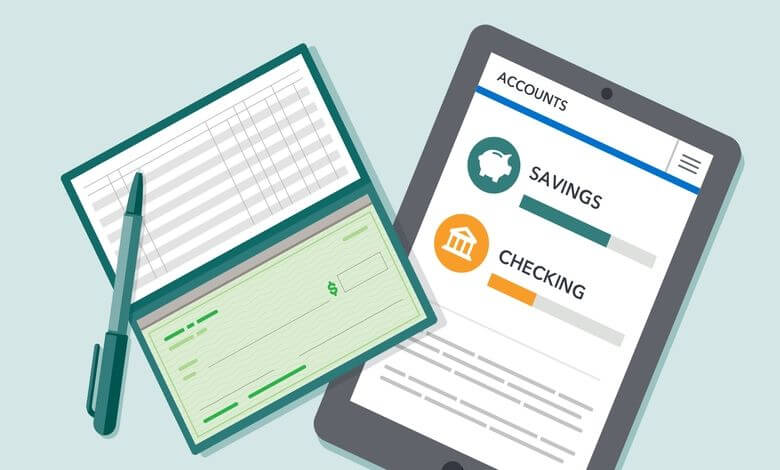
When you go to the bank to open a bank account, you will have plenty of options to choose from but most likely, you will either open a checking or a savings account. While both types of bank accounts are very similar, only one will certainly not appeal to all. This is why knowing the difference between the two can be crucial.
Checking Account
Checking accounts are designed for everyday money transactions. You will oftentimes get a debit card to make purchases in stores or online. While some checking accounts can come with a minimum balance, it isn’t oftentimes the case with checking accounts. Also, checking accounts do not come with withdrawal restrictions—meaning you can withdraw money from the account anytime you’d like.
Without a doubt, checking accounts are best for those who are thinking about keeping their money at a bank without any restrictions. If you want to save up money for the future and gain interest while doing so, a savings account is going to be more optimal.
Savings Account
Savings accounts come with a few restrictions but only for your own good. Typically, a savings account will have a low minimum balance. This can be anywhere from $100 to $1,000 depending on what your bank offers you.
Over time, you will gain interest on the money you have in your savings account. While this is certainly good news, you generally don’t have much flexibility when it comes to withdrawing money compared to a checking account.
Which one should I open?
The quickest and shortest answer to this is it depends. If you don’t mind literally locking your money while gaining a little bit of return over it, then a savings account is going to be more suitable for you. On the other, if you’re not going to hold too much money on your bank account or you are cash is king kind of person, then a checking account is going to be a lot more convenient.
All and all though we recommend having both a checking and a savings account. You can handle your everyday transactions and keep up a monthly budget. Then, forward all the extra to your savings account. This way, you will gain interest and your money will grow at a slow but steady rate. If you need extra funds, you can just withdraw from your savings account.